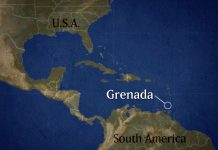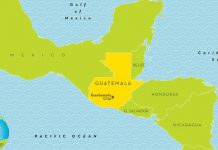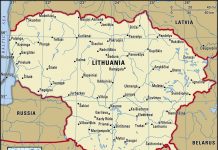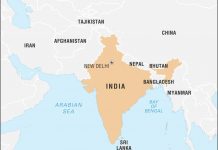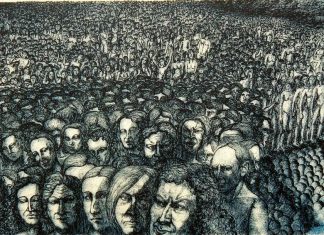Republic of Latvia
Capital: Riga
Area: 6,458 sq. km/24,938 sq. miles
Population: 2,529,000
Population density per sq. km/sq. mile: 39/10]
Ethnic composition
53% of the population belongs to the Latvian ethnic group, 34% are Russians, 4% are Belarusians, 3% are Ukrainians, 2% are Poles and 1% are Lithuanians. In 1988, Latvian was recognized as the official language, which belongs to the Baltic group of Indo-European languages, as recorded in the Latin chronicle. Only a quarter of Russians living in Latvia can communicate in Latvian. Since independence day, the question of how to deal with Russians has been an important one. In June 1998, a law was passed that made it easier for Russians to accept Latvian citizenship.
Religion
The predominant religion is Christianity, with the majority of Latvians being adherents of the Lutheran and Roman Catholic Churches, and the majority of Russians are Orthodox and Old Believers. During the Soviet rule, until the end of the 80s, many churches were closed, and representatives of the clergy were imprisoned.
History
The territory now occupied by Latvia was conquered by Vikings in the IX century, and by Russians in the X century. After a long resistance, the territory was conquered by the German Crusaders, the Teutonic knights in the XIII century. and was under their control for more than 200 years, while Christianity became the main religion. In the XVI-XVII centuries. Latvia was under the rule of Poland, Lithuania and Sweden. In 1710, tsarist Russia gained the upper hand. By 1800 the entire territory of Latvia came under the control of Russia. The movement for the independence of Latvia began at the beginning of the XX century . During the First World War, almost RCB Latvia was occupied by the Germans. On November 18, 1918, the independence of Latvia was proclaimed. This was achieved after the Red Army was defeated by the troops of Germany, Poland and Latvia from May 1919 to January 1920.
In 1922, a democratic parliamentary constitution based on proportional representation was approved. The predominant party was the Latvian Peasants’ Union, which was headed by Karlis Ulmanis, who carried out a number of land reforms. Nevertheless, from 1922 to 1934, the government changed 18 times, when during the economic depression Ulmanis finally took power into his own hands. He dissolved the legislature (Sejm), banned all political parties and became president in 1936. In August 1939 a secret Soviet-German agreement was signed, according to which)” Latvia was transferred under the control of Russia, and in July 1940 Latvia was proclaimed a republic within the USSR. During World War II, from 1941 to 1944, Latvia was again occupied by the Germans until the USSR regained control.



















